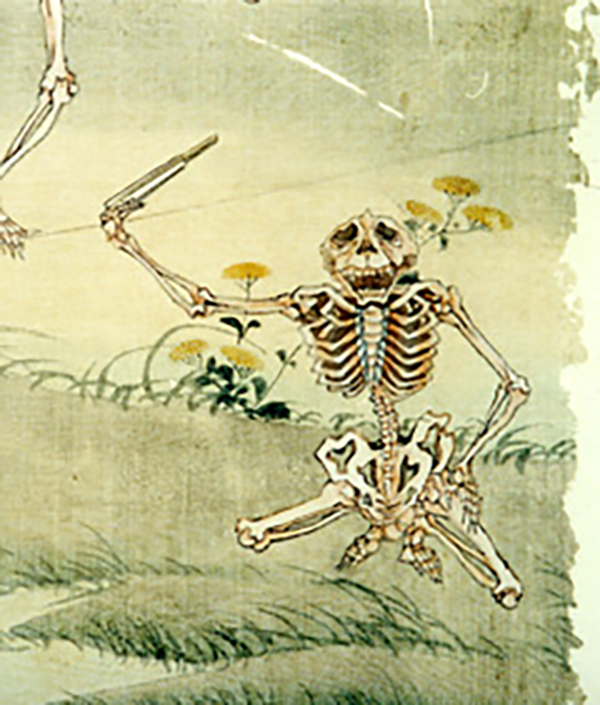
Aaron Studios
Specialist in Restoration of Japanese Screens
History
The folding screen byobu is one of the distinctive forms of Japanese art. As is true of much of Japanese culture, its origins lie in China and was adopted by Japan in the Eighth Century. By the Momoyama era (1568-1615) with stylistic and technical changes, screens became the focal point of interior design.
Traditional Japanese homes consisted of mostly open rooms with little or no furniture. These rooms could be made larger or smaller by opening or closing painted sliding doors fusuma. These angular spaces could be softened and subdivided by the placement of byobu. They were often used as a backdrop behind and important person, or to create an eating area, a reception area or a sleeping area. Another important function of gold or silver leafed screens was to reflect the limited light of oil lamps and candles. Screens were, and to some degree still are, considered decorative furniture, or at least as functional art.
The imagery and decoration on screens is widely varied and is only limited by the conventions of the numerous schools of Japanese Art. In the broadest of outlines these break into two schools, Chinese inspired art (eg: Nanga and Zen) and Yamato or art inspired by Japanese stories and ideas (eg: Kano).
Often, but not always, screens were created in pairs and were made of 2,4,6 and on occasion 8 panels. Two panel screens usually measure 3' wide by 6' tall per panel. Four and six panel screens typically measure 2' wide by 6' tall per panel. Eight panel screens tend to be a bit narrower . To see a screen in a "traditional" way you need to "read" the image from right to left. It is also helpful to view the screen from a low position looking slightly up. This gives the viewer the best chance to see the screen as the artist intended.

Detail from 18th Century painting on Silk.